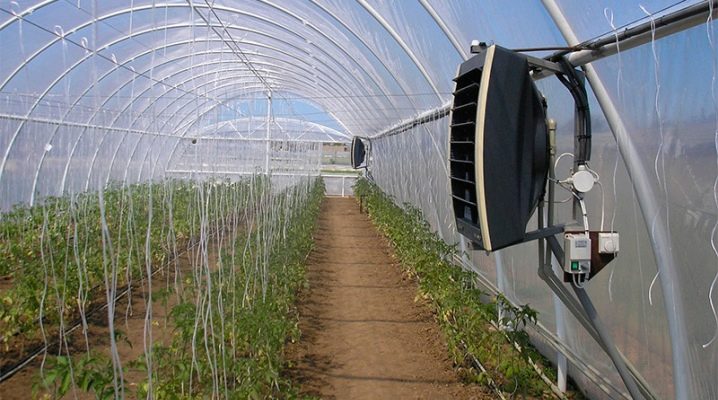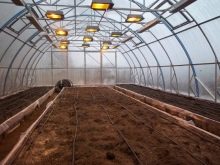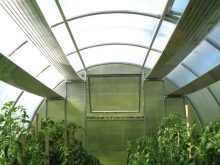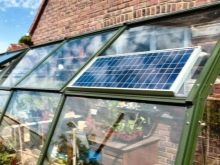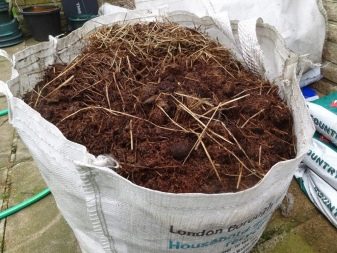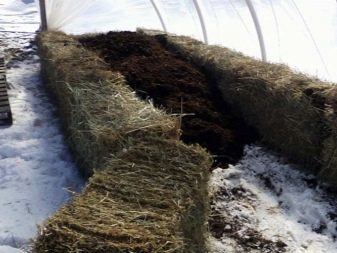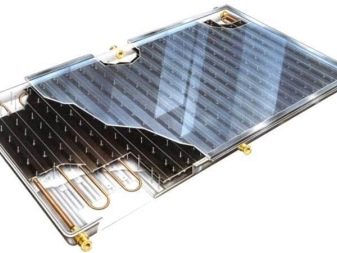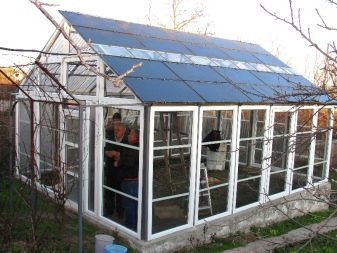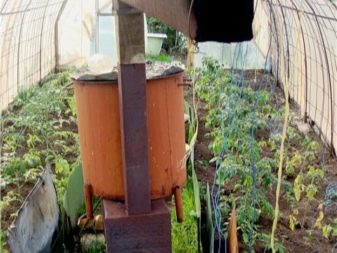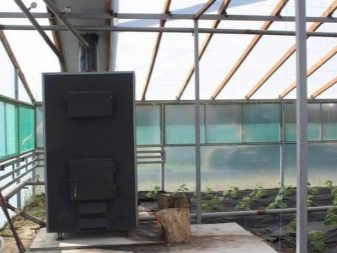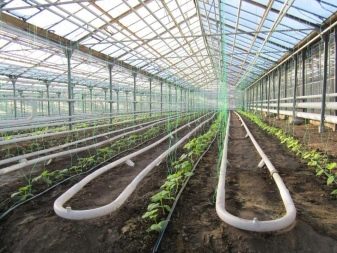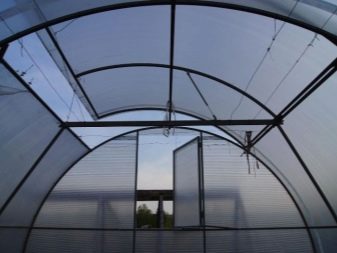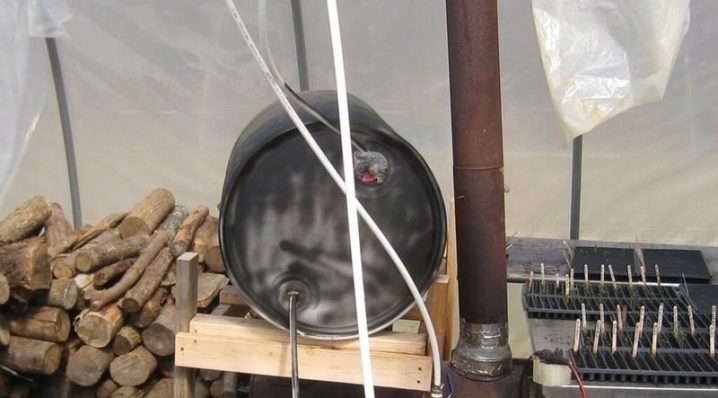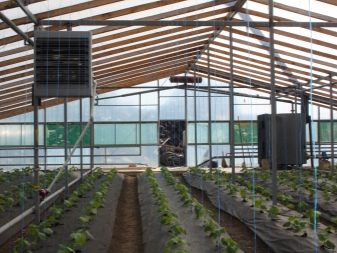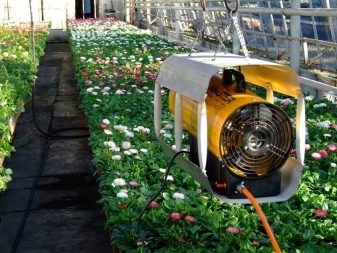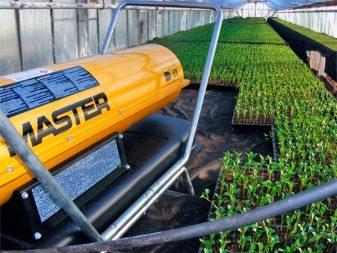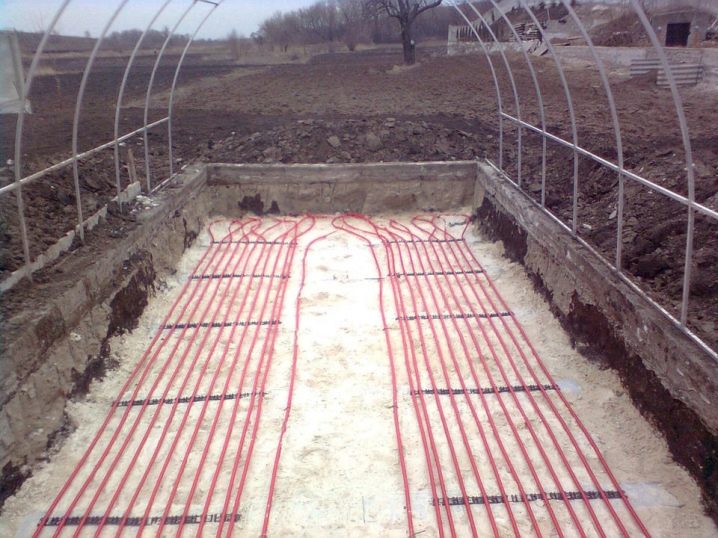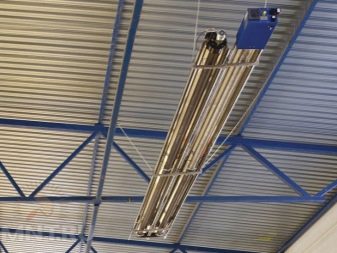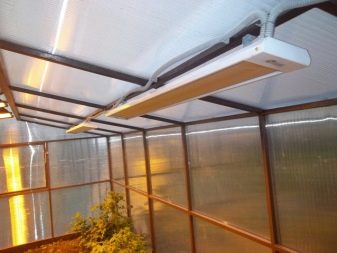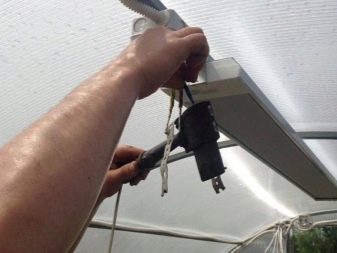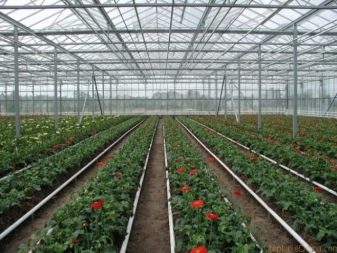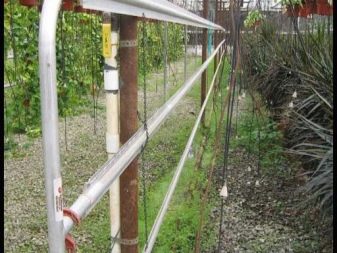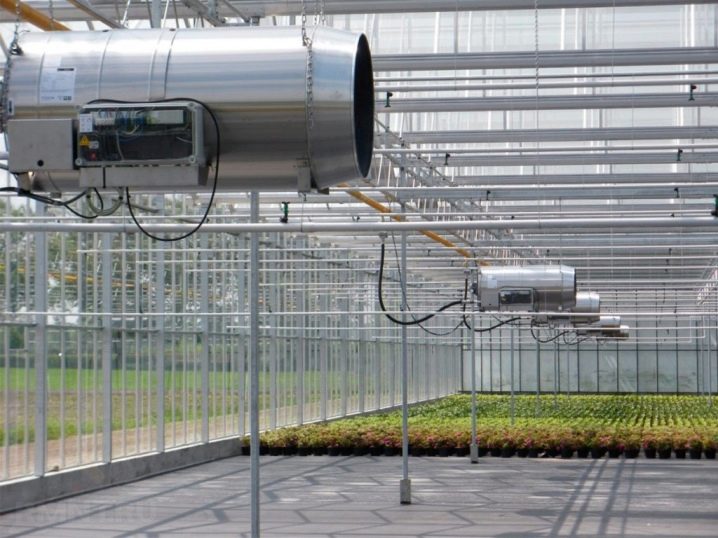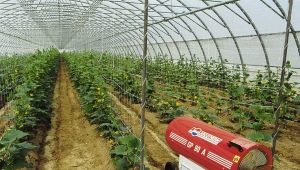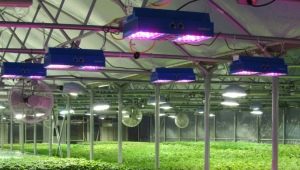Heaters for greenhouses: types and features of the application
Greenhouse owners do not want to put up with the climatic conditions and are looking for new ways to improve their farms. Every gardener knows that in order to get the most out of his greenhouse and collect several harvests per season, the soil and air must be additionally heated.
Currently, there is a huge selection of options to maintain the microclimate in the garden beds. - air or gas heating, biofuel heating or infrared heaters. To ideally choose a heating system for your greenhouse or greenhouse, it is better to get acquainted with their varieties and features in advance.
Today, energy-saving, kerosene and strip heaters are quite popular. You can also choose mini-models with air temperature sensor or solar-powered.
Biofuel heating
This method of heating is very old and easy to implement. Biological materials - manure, straw, rags, foliage are recognized not only as good fertilizer, but they also perfectly heat the soil, practically without wasting your energy resources. Ideal for this method to use horse, pork or cow dung. Already heated manure or other biofuel is placed in a greenhouse or greenhouse. On the beds, the top layer of soil is removed, biofuel is placed there, and it is piled up with earth. To begin to rot again, poured hot water or slurry.
The disadvantages of such heating is that every year you need to change last year's manure to a new one. In addition, you can use the greenhouse, when there are no deep frost, or use additional heating. This method is well suited for growing seedlings in greenhouses. It should be noted that according to the experience of gardeners, pig manure can keep the temperature +14 +16 degrees, horse +33 +38 degrees up to 90 days, cow dung is able to maintain the temperature from +12 to 20 degrees. Sawdust emit heat to +20.
Solar heating
The case when the method is enthusiastically perceived by all summer residents, since it does not require any costs. The main task is to maximize the use of sunlight.To do this, you just need to install a greenhouse in a place where solar energy will affect its entire surface.
Such a natural way of heating is good for polycarbonate and glass greenhouses, the shape and design feature is also important. As long as there is solar activity, the greenhouse will warm up regularly.
The disadvantage is the inconstancy of solar energy and a rather short daylight hours, as well as the inability to warm the greenhouse in winter or in cool weather.
Stove heating
Heating a greenhouse with stoves, boilers or fireplaces is one of the easiest and most economical ways. A brick or metal stove is installed in a greenhouse, the air is heated by heat from the stove and smoke. The pipe passes around the perimeter and is displayed outside.
From the burned-down wood remains ash, which is great for feeding the soil.
The downside is that warming is uneven, so the soil must be heated additionally with the help of manure, electric or water heating.
Gas heating
The way where heating is carried out by means of the burning gas will not demand big expenses.In a small greenhouse it is much more convenient to do without connecting the gas supply using conventional gas cylinders. Gas burners are distributed over all areas of the greenhouse, heated air rises, cools and falls, creating a comfortable temperature for the transplanted seedlings. The difficulty remains in the uniform distribution of heat.
In addition, a ventilation system is absolutely necessary, since oxygen is burned in the greenhouse. Heated air is well distributed by gas convectors, which are mounted on the wall of the greenhouse and have an insulated closed burner and a tightly closed heat exchanger. They work automatically, heat dissipates, while warming the air. Coaxial pipe provides adequate ventilation.
Air heating
The most primitive method of air heating can even be made by a novice summer resident. Its essence is that warm air from a street fire is fed through a pipe into the greenhouse. The pipe is placed indoors, and one end goes out into the street, where a fire is made and, entering through the pipe inside, heats the air. Popular among gardeners heating methods using electricity.
The main advantage is temperature control and availability at any time of the year.
Fan heater
Another option for air heating is to install a fan. Fan heaters are compact in size, easy to operate and convenient in price. When used, the flow of hot air moves in one direction. Fans can be installed anywhere in the film greenhouse and warm the air in a short time.
The minus of the fan is that it consumes a large amount of electricity.
Heat gun
A simple and efficient way to heat a greenhouse. The heat gun can be hung from the ceiling or placed on the floor in the room. They are electric, diesel or gas. Due to the powerful fan and the heating element air under pressure spreads around the perimeter of the greenhouse. Depending on the specifics of the room, you can choose the ideal heat gun for each specific option. For example, there are guns that are adapted to work in high humidity, dusty air and other harsh conditions.
Heating with heating cable
To heat the soil and maintain the desired temperature in the greenhouse, many gardenersuse "warm floor". This design is simple and popular. Make it yourself is not difficult. The top layer of soil is removed from the beds, a layer of sand of 5-10 cm is poured at the bottom. Then a heater is laid, experts recommend using polystyrene foam, polyethylene foam or other moisture-resistant materials. On top, everything is covered with plastic wrap or any other waterproofing material.
After that, sand is poured, moistened and tamped, the heating cable is placed on rammed sand. All this again fall asleep, put the net-rabits and removed the top layer of soil. Due to the fact that the cable is shallow from the surface of the soil, the ground warms up and the heat remains below. In addition, heat rises into the air, which allows you to maintain a comfortable temperature even in winter. You can control the temperature using the thermostat.
Obvious advantages:
- easy installation;
- stable microclimate in the greenhouse;
- plant growth is accelerated due to the warming of the soil at the roots;
- the choice of planted crops increases;
- it is possible to regulate heating of the soil;
Infrared Ceiling Electric Heaters
One of the most modern trends, easy to install and safe to use. Heaters are made in the form of ordinary light bulbs that are attached to the frame of the greenhouse along the entire length of the ceiling. The principle of their work is that they produce rays that are similar to the sun. They allow to warm the soil deeply, while not consuming a lot of electricity. The location under the ceiling is very convenient, since the heaters do not take up space and do not interfere with the care of plants.
Infrared heaters have a number of advantages:
- save electricity;
- they do not dry the air, as only objects heat up, which then transfer heat to the atmosphere;
- safe, do not emit harmful substances;
- natural way of heating greenhouses.
When installing infrared heaters need to consider some features. For example, the installation height starts from a meter, and the distance between the heaters - from 1.5 meters. The higher they are from the ground, the more infrared coverage becomes, but the temperature decreases.
There must always be the same distance between the bulb and the plant, so the heater will have to be adjusted as the plants grow. The number of light bulbs depends on the size of the greenhouse or greenhouse and the required temperature.
Such heaters are a winning acquisition, although their cost is much higher than their counterparts.
Water heating
To organize the most comfortable temperature in the greenhouse, you can use water heating. It can be made from the stove, if you attach a water-heating boiler to the stove. In this case, hot water circulates continuously and transfers heat to the atmosphere through pipes.
Heat pump
Equipment that connects to boilers or other heating appliances. It can turn on automatically, it saves energy well. An additional plus is that this system can also cool the temperature in the greenhouse in hot weather, which will create excellent conditions for increasing yields. It is considered one of the most popular modern heating methods.
Benefits:
- allows you to warm a large area;
- can heat water for irrigation;
- does not emit harmful substances;
- easy to adjust.
Arrange the heating in their own greenhouse under the power of each, the main thing - to correctly determine the most suitable for you heating method. It all depends on the requirements and financial costs.There are completely free ways that fully justify the saying "Needle for invention is cunning." For example, in order to warm up a small greenhouse per 1 m2 in early spring, when seedlings can freeze, gardeners set thick candles between its rows. For a small greenhouse this will be enough.
In order to avoid temperature fluctuations in the room at night, a bucket of hot water and several bricks heated on a campfire are left in the greenhouse. They will give their heat and heat the room. Of course, the temperature will not rise due to this, but these methods will not allow it to become lower.
Top 4 options for homemade ovens for the greenhouse - in the next video.
